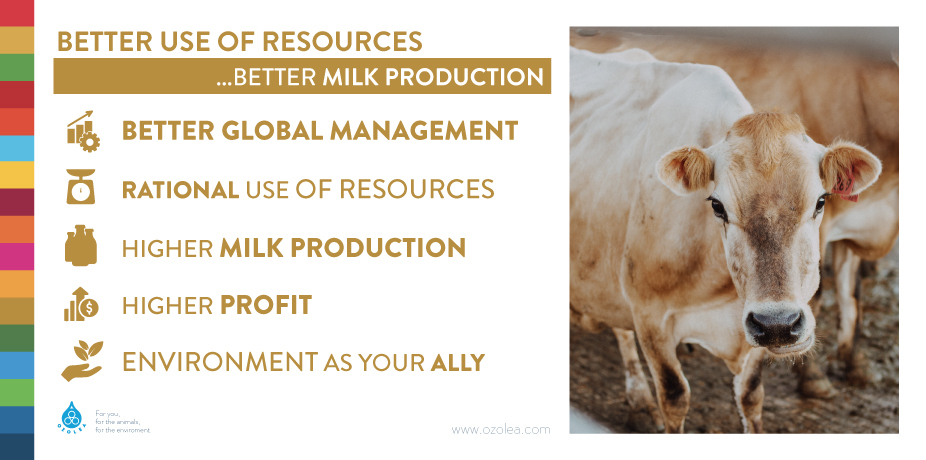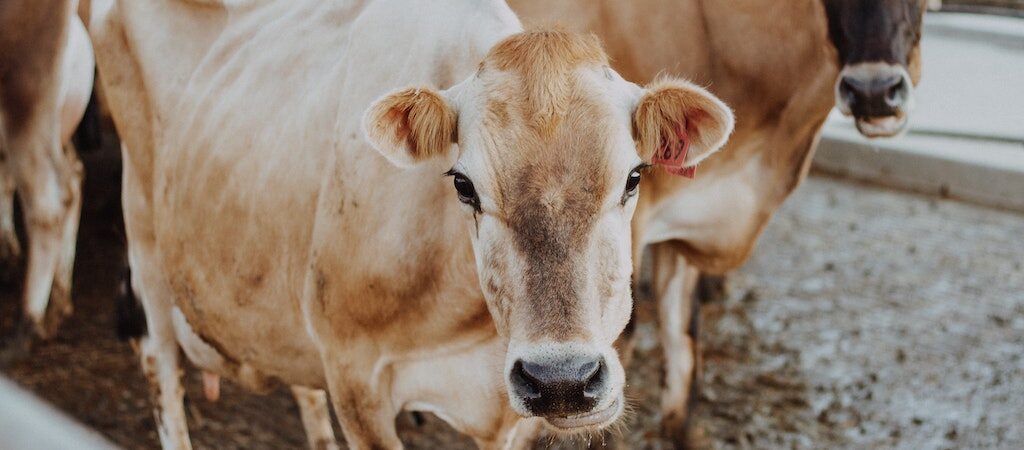The whole dairy sector has been experiencing pressure from the outside world about environmental impacts and animal welfare.
Actually, we have accepted our responsibilities and strived to do our best in improving our performances. Yes, this must be said loud: we improved. And we know it. We also know that we must step up a little bit our effort to meet new goals.
To do this, we have to think clearly, have simple and effective strategies and a concrete support.
Once again, it is not a matter of major investments: it is an efficiency issue.
And when it comes to efficiency while running any type of activity, responsible production and consumption have a positive impact, first of all for our pockets.
One month ago, we discussed how it is important to prevent and/or control mastitis and other diseases, avoid infrastructure issues and be careful when delivering the milk to processors by checking antibiotic residues. These simple attentions in management would help us make the best production out of our dairy herd and reduce milk loss.
Then, we focused on good quality manure: homegrown crop production is our own great opportunity to dispose of the waste produced by our dairy cows. We can use it as a fertilizer to meet nutritional demand of crops, while economically optimizing the entire dairy system.
Two weeks ago, we shifted the focus to water quality. There is a lot around it: being able consumers of farming inputs, such as fertilizers, pesticides, antibiotics allows us to make water cleaner. Using water more efficiently can help us preserve agricultural productivity.
Furthermore, last week we had a precise idea of what effective and prompt disease management would mean for our dairy herd, milk production, profit and the environment.
The main leitmotiv is unique, simple and absolutely feasible: we have to aim at responsible production and consumption. That is doing more with less.
Let’s go further: by implementing circular economy practices, we can be one step closer to those goals that we are called to achieve. But we have to be really convinced.
Is there anything new in circular practices for dairy farmers? Dairy farming has always had a circular behavior, if we consider a simple dairy circle. Grass can grow thanks to soil nutrients, and is used to feed cows. Cows produce milk and, as living beings, produce waste (manure) that we will use on crop fields. Thanks to manure, we can fertilize the soil. Then, when transforming milk in cheese, the whey can be used to produce other dairy products.
Unfortunately, we know that we have overused inputs to maximise production and this has complicated milk production and related impacts on the environment.
However, shifting milk production back to its circular nature is still possible.


